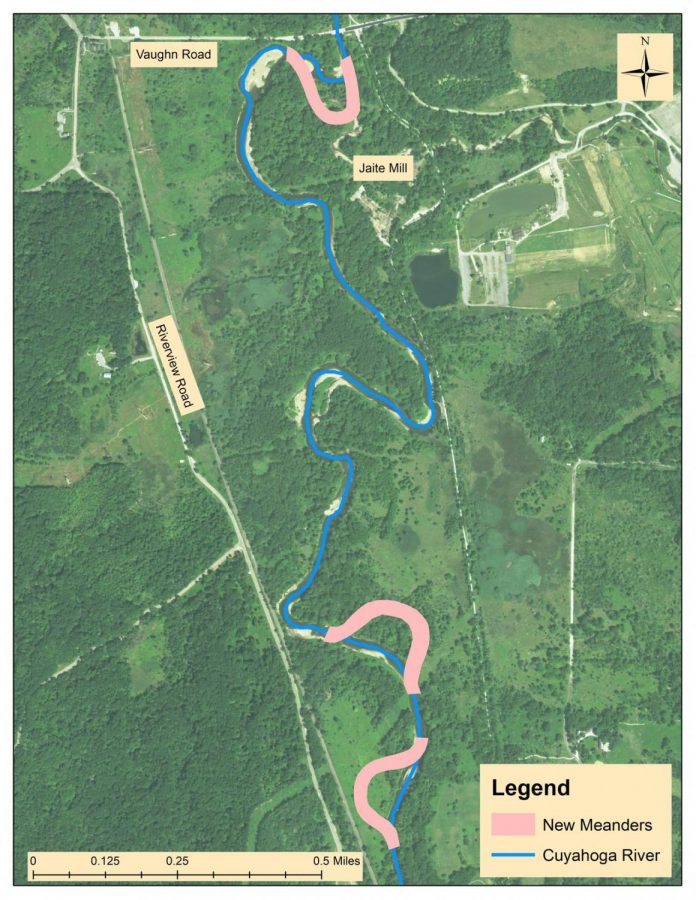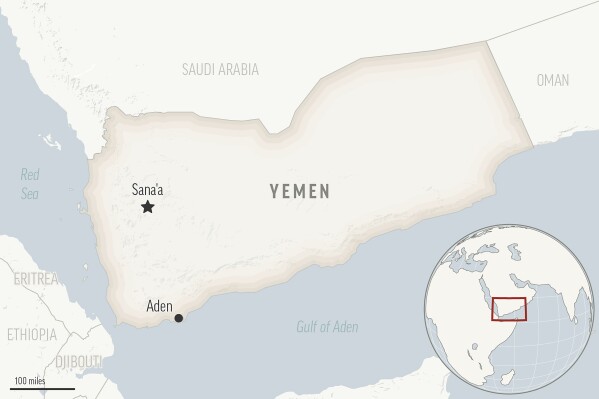Climate Change in Cuyahoga County
November 17, 2021
Global warming is one of the world’s most dire threats, and in the wake of the COP26 UN Climate Change Summit, many fear that any actions thus far to combat climate change have been entirely inadequate. New marches and protests arise each day around the world, demanding that global leaders take the matter more seriously.
However, with this hyper-focus on the global climate change activism, local efforts can go unrecognized and unappreciated. For even though the ice caps are melting, the oceans are acidifying, the permafrost is melting, the coral reefs are bleaching, and the world’s forests are burning, Cuyahoga County also faces its share of climate change-related dangers. And in turn, activists are working to fight them.
In 2019, a climate change project carried out by the Cuyahoga County Planning Commission revealed that the most recent 10-year average temperature in Cuyahoga County from 2008-2017 was 50°F, 0.9°F higher than the historic 100-year average temperature from 1918-2017 of 49.1°F. The same study revealed that from 1973 to 2010, the annual average ice coverage percentage has decreased 50% for Lake Erie, and that from 1990 to 2015, Cuyahoga County’s hardiness zone (an assessment of what plants thrive best in each area) has entirely changed as a direct result of an overall increase of temperature.
But how does all of this impact the county itself? So far, Ohio has been safe from the worst climate change-related impacts. The state has been spared from wildfires, hurricanes, heatwaves, and the like thus far, and although the data shows that Cuyahoga County is indeed changing for the warmer, the effects are not immediately obviously to the average person.
Still, they exist – one only needs to look at Lake Erie. Climate change has been directly correlated with decreasing oxygen levels in the lake, as a result of extreme temperature-driven winds churning the waters and spreading the deepest, most oxygen-deprived parts of Lake Erie. Furthermore, warmer atmospheres hold more moisture, leading to more rainfall and more chemical runoff into Lake Erie, which drastically increases phosphorus levels. These harm the lake in two major ecological ways: one, lower oxygen levels can decimate oxygen-dependent marine life, and two, excess levels of phosphorus lead to algal blooms, unattractive blankets of scum that is both visually unappealing, economically damaging due to drops in tourism and angling, and physically dangerous, due to toxins produced by certain types of algae.
Nor is the mainland safe. The Cuyahoga Valley National Park, for instance, is predicted to face altered ecosystems and visitor experiences due to increasing temperatures and many more annual inches of rain, and in recent years, the park has faced many severe floods linked to global warming. This is true across Cuyahoga County – as the climate rises, very visible and very dangerous repercussions abound.
Plans have been made to try and fight the changing climate, however. To deal with the additional rain and runoff in Cuyahoga Valley, there have been recent discussions about lengthening the Cuyahoga River through digging out extra bends in the river. Six bends totaling 3,000 linear feet would need to be added to fully protect Cuyahoga Valley for the future, but only two totaling 1,200 feet can currently be afforded. Additionally, to reduce greenhouse gas emissions and prepare for more severe impacts of climate change, green zoning (local zoning ordinances which promote sustainability), increased urban vegetation and agriculture, new stormwater management plans, waste-reduction efforts, and the like are being implemented throughout the county.
And in Cleveland, racial equity and sustainability are being merged into a plan to simultaneously reduce greenhouse emissions and fix the racial and economic issues plaguing the city. Plans to improve public transportation systems, plant trees in poverty-stricken and redlined neighborhoods, and reconstruct decaying or abandoned homes are in the works, and while some is still only a possibility, attempts are being made.
Climate change may seem unconquerable for a single person, even for a single county. But Cuyahoga County is fighting, and its citizens intend to win. Unless something is fixed, the ramifications of climate change will only worsen, both for the world and right here at home. It is vital that the push for a cleaner, more sustainable world continues. Let us continue to fight. Let us continue to make the world a better place.












Susan Haggarty • Nov 19, 2021 at 7:30 am
My hopes for our planet and for stemming inequality for it’s citizens are only enhanced if Max is representative of his generation. Well done and please don’t stop.
Greda Thunderberg • Nov 17, 2021 at 12:25 pm
100% TRUTH